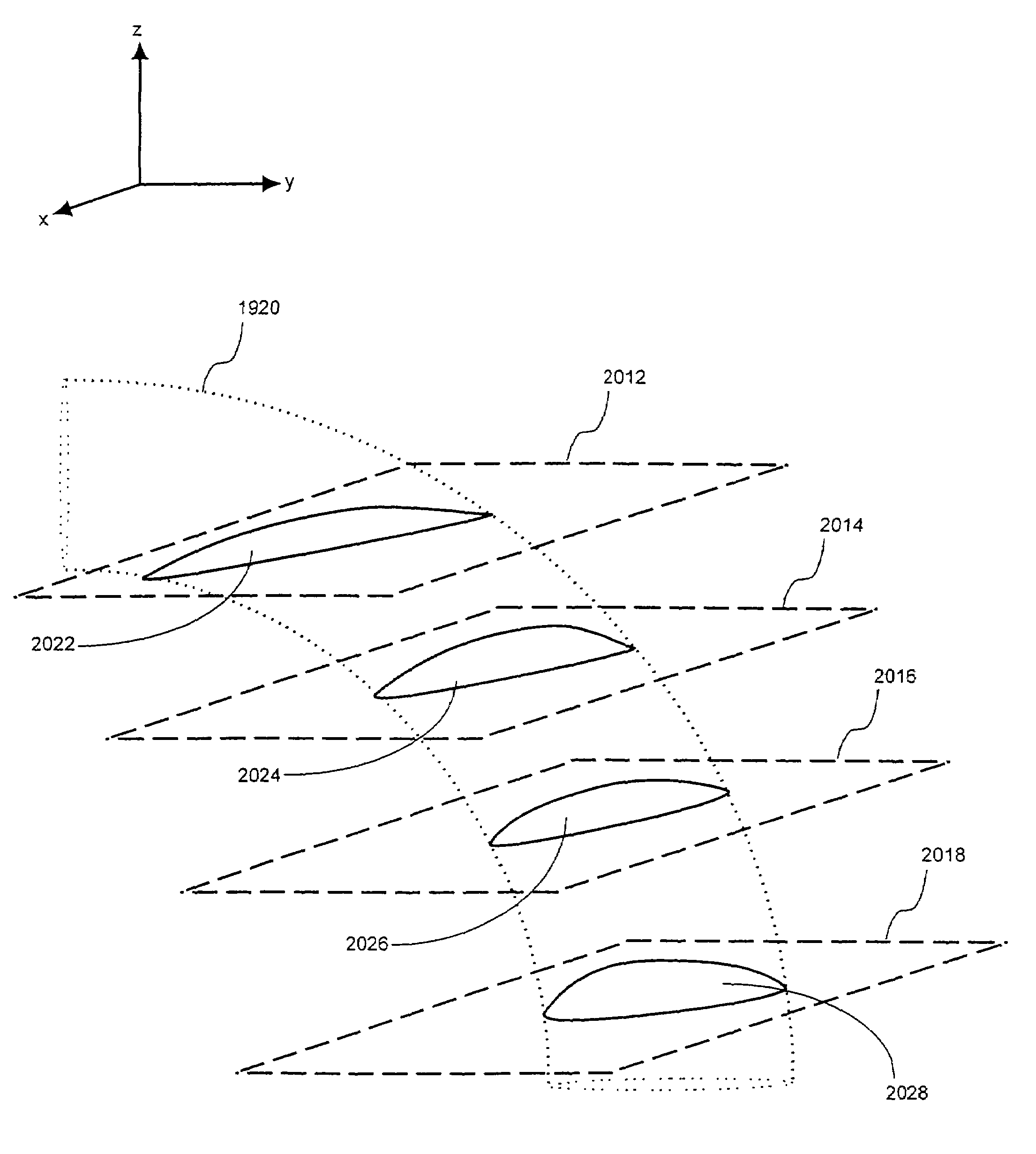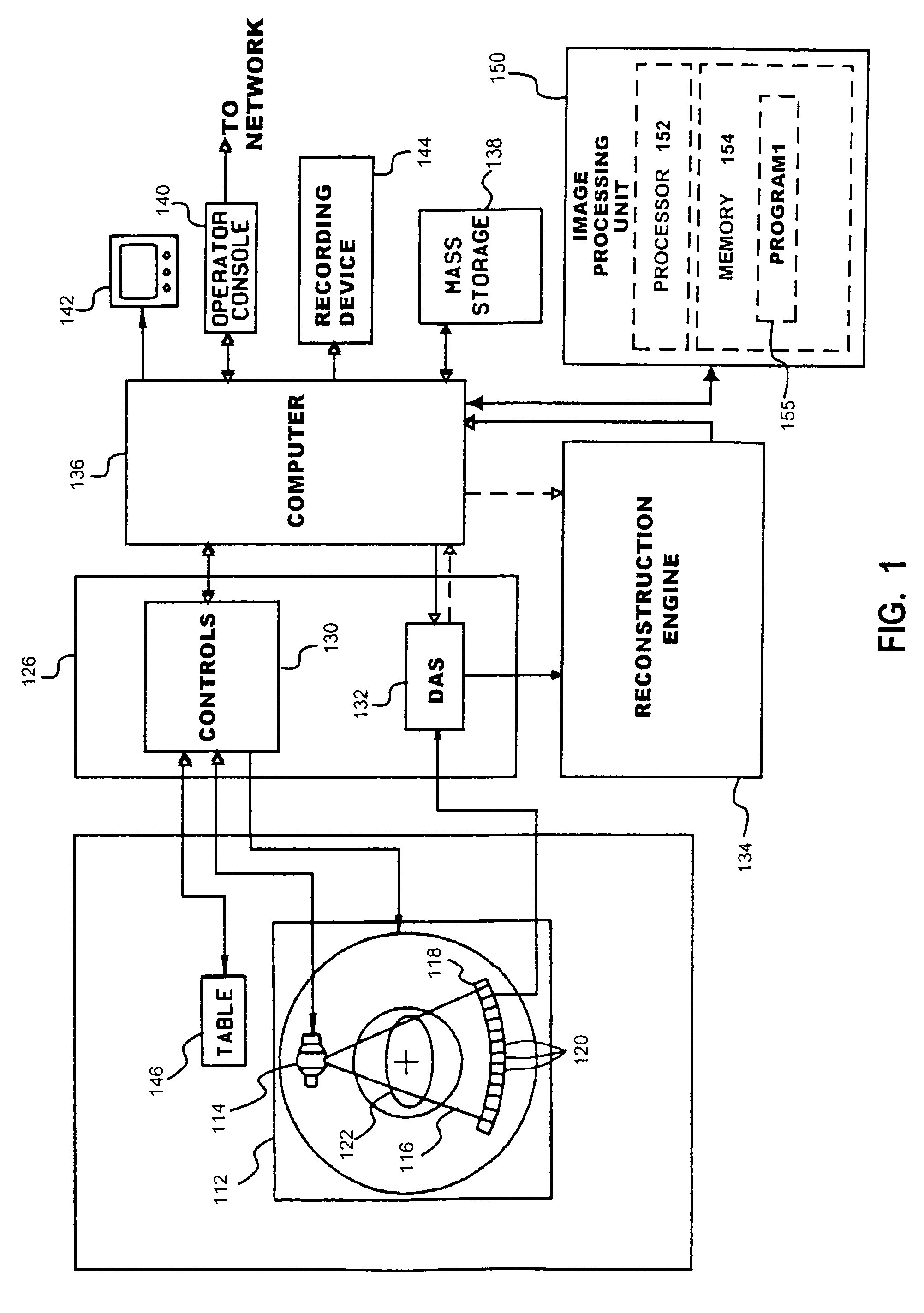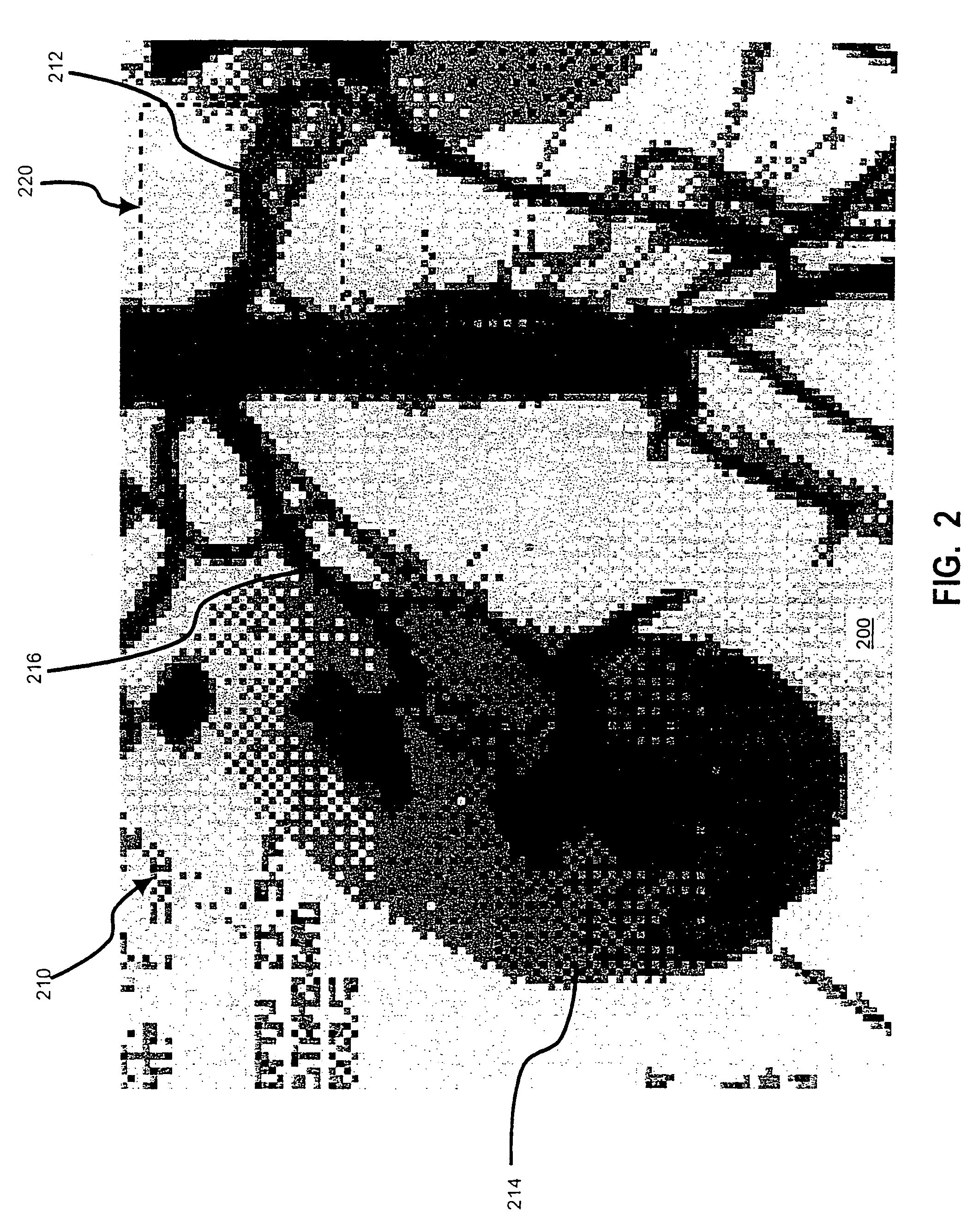Feature quantification from multidimensional image data
a multi-dimensional image and feature technology, applied in image enhancement, instruments, applications, etc., can solve the problems of reducing the perfusion capacity of the affected organ, reducing the capacity of the vessel to convey blood, and continuing serious limitations in the available approaches for assessment of vascular disease, so as to facilitate the assessment of stenosis
- Summary
- Abstract
- Description
- Claims
- Application Information
AI Technical Summary
Benefits of technology
Problems solved by technology
Method used
Image
Examples
Embodiment Construction
[0051]Reference will now be made in detail to the presently preferred embodiments of the invention, examples of which are illustrated in the accompanying drawings, wherein like reference numerals refer to like elements throughout.
[0052]FIG. 1 is a schematic illustration showing the major components of a CT imaging system 100 in which the present invention may be incorporated. The CT system 100 desirably comprises a source-detector assembly 110. In some systems, such as so-called third generation scanners (“fan beam” systems) and some helical scanners, the assembly 110 may comprise a gantry 112. An X-ray source 114, such as a typical X-ray tube, produces a beam 116 of illuminating x-rays from which projection data may be obtained.
[0053]For purposes of clarity, the following description will specifically describe the fan beam case. Those of ordinary skill in the art will readily recognize and appreciate the occasional differences between third generation and fourth generation systems ...
PUM
 Login to View More
Login to View More Abstract
Description
Claims
Application Information
 Login to View More
Login to View More - R&D
- Intellectual Property
- Life Sciences
- Materials
- Tech Scout
- Unparalleled Data Quality
- Higher Quality Content
- 60% Fewer Hallucinations
Browse by: Latest US Patents, China's latest patents, Technical Efficacy Thesaurus, Application Domain, Technology Topic, Popular Technical Reports.
© 2025 PatSnap. All rights reserved.Legal|Privacy policy|Modern Slavery Act Transparency Statement|Sitemap|About US| Contact US: help@patsnap.com



